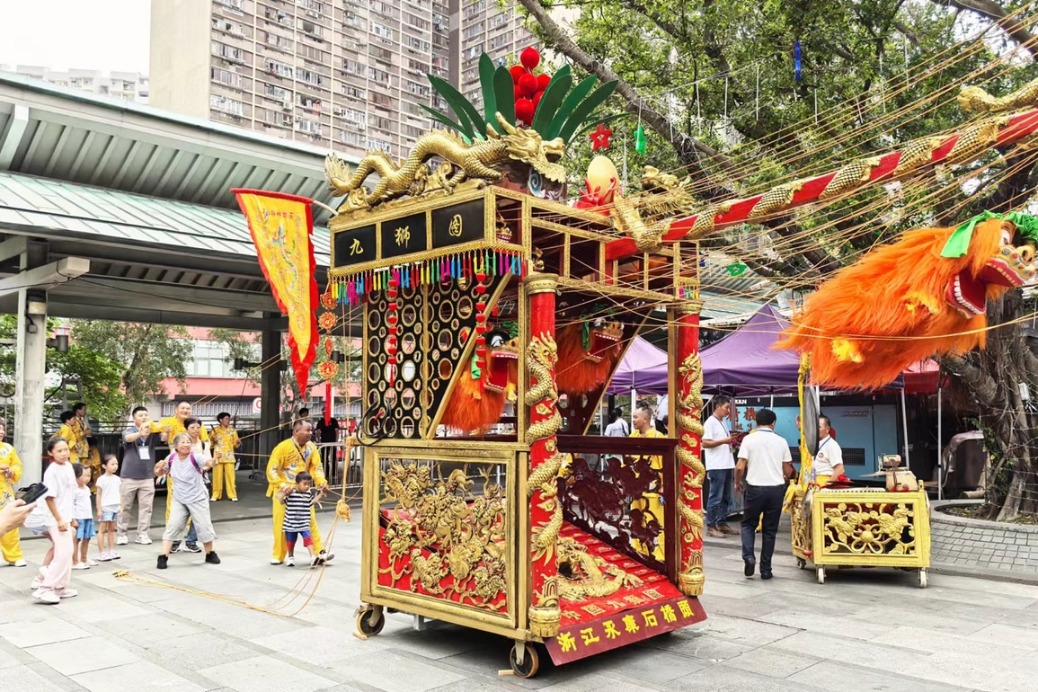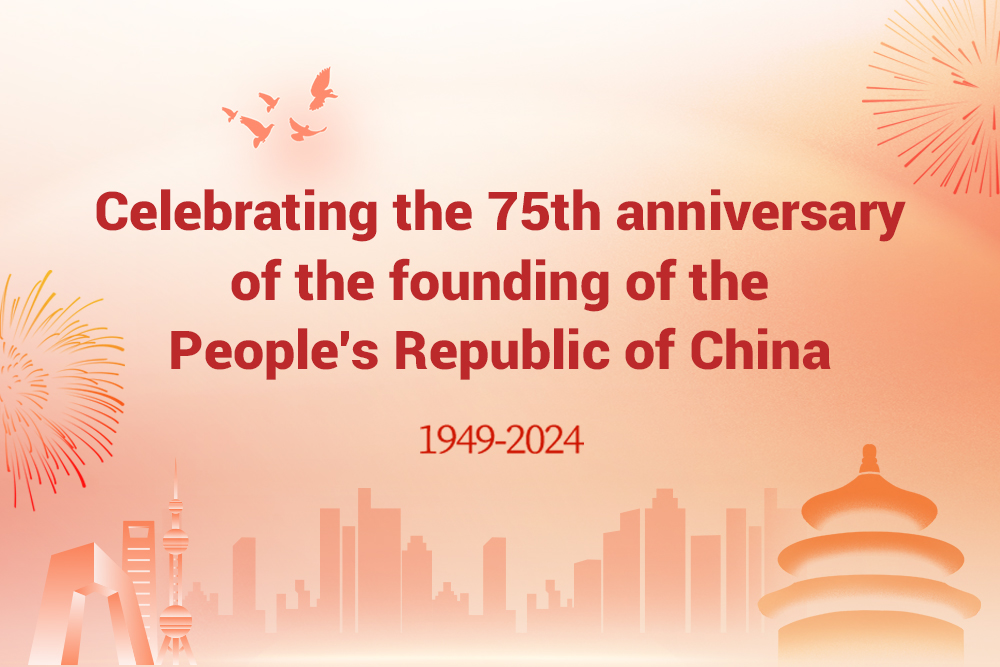Xinjiang mummy origin mystery solved


When people meet the "Princess of Xiaohe", a naturally preserved female mummy found in the Taklamakan Desert in the Tarim Basin of the Xinjiang Uygur autonomous region on display at the regional museum, they can't help to wonder how stunningly beautiful the woman must have been when she was alive.
Due to the unique natural conditions that have been ideal for preservation, her body has been well protected and her delicate hair and eyelashes all remain visible although she was buried more than 3,800 years ago.
What's more, her facial features, some resembling Westerners such as the high cheek bones, have made people and scholars wonder about the origins of the ancient people living in the Tarim Basin. Many suspect that their ancestors were migrants.
However, a new study by Chinese, European and United States researchers published in the journal Nature on Thursday has painted a different picture: They were a genetically isolated local population.
The researchers successfully retrieved genome-wide data from the teeth of 13 Early-Middle Bronze Age mummies dating between 2,100 and 1,700 BC and belonging to the Xiaohe culture.
And 11 of the mummies studied were from Xiaohe cemetery. Like the "Princess of Xiaohe", they were also found in 2003, but from different layers of the burial ground, Cui Yinjiu, a professor at the School of Life Sciences of Jilin University and co-author of the article, said on Friday.
After comparing the data with the genetic structures of different ancient and present-day populations, the researchers found that unlike previous hypotheses, the results support no hypothesis involving substantial human migration for the origin of the Bronze Age Tarim Basin people, but rather they find that they represent a culturally cosmopolitan but genetically isolated group with no genetic mixing with neighboring people, according to the article entitled The Genomic Origins of the Bronze Age Tarim Basin Mummies.
Since the research started in 2005, the team of researchers has kept updating and integrating research methods and technologies during the process to get the results that have surprised many. In 2016, the team of researchers at Jilin University used the latest technology to analyze the genome of the Tarim Basin mummies, which allowed them to better understand their origin, Cui said.
"The harsh environment of the Tarim Basin may have formed a barrier to gene flow," she said. "The ancient Tarim Basin people seem to be solely related to a group of people who started to inhabit Eurasia about 9,000 years ago. They weren't genetically connected with people who roamed the Eurasian grasslands and those who lived in oases in Central Asia in the Bronze Age."
Since the late 1990s, the discovery of hundreds of naturally mummified human remains dating to around 2000 BC to AD 200 in the Tarim Basin has attracted international attention due to their Western physical appearance, their felt and woven woolen clothing, and their love of cheese.
Different hypotheses have been suggested by scholars to explain the origins, Western facial features and lifestyle of the Tarim Basin people. Some suspect that they were migrant farmers from other desert oases in Afghanistan, Turkmenistan and Uzbekistan, while some say they were the descendants of people traveling from the Altay Mountains in the North and that they decided to settle with people from local communities.
In contrast to their marked genetic isolation, it's clear that the ancient Tarim Basin people were well aware of different technologies and cultures outside the Tarim Basin. They made cheese from ruminant milk using a kefir-like fermentation, perhaps learned from people living in the Altay Mountains, and they cultivated wheat, barley and millet, crops that were originally domesticated in eastern and northern China, according to the article.
"It has shown that Xinjiang has been a hub of trade and cultural exchanges since ancient times. The region has always been the land of diversity," Cui said.
Meanwhile, the ancient Tarim Basin people had formed their unique culture, such as using boat-shaped wooden coffins covered with cattle hide and marked by timber poles or oars. It remains a mystery why people living near the desert had developed such a unique burial tradition.





































